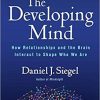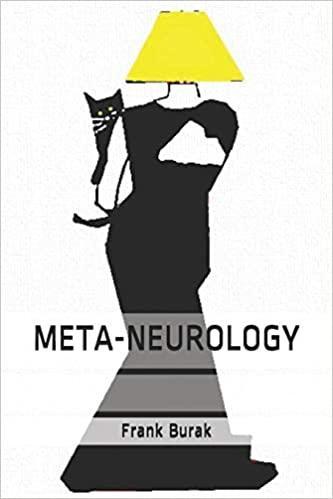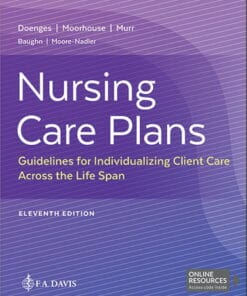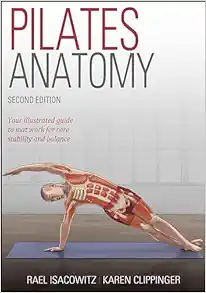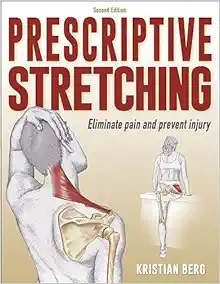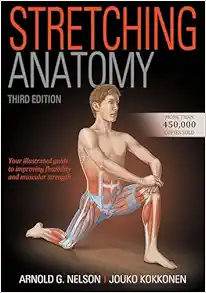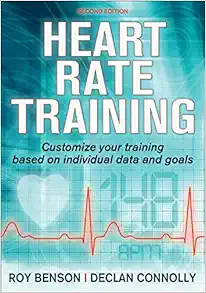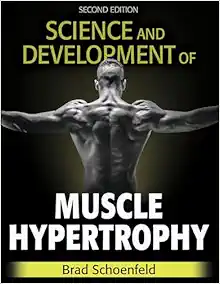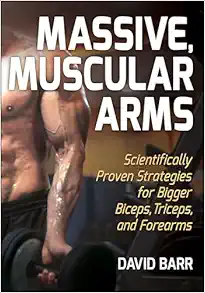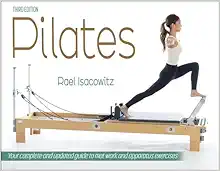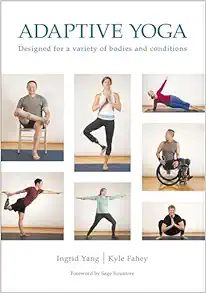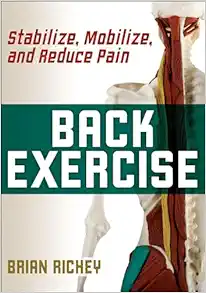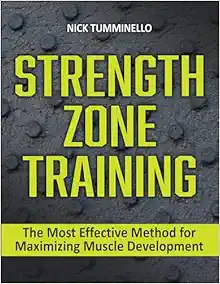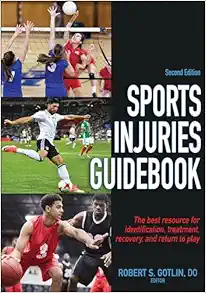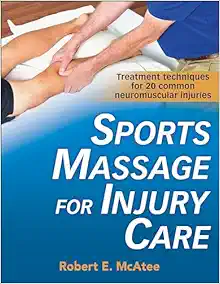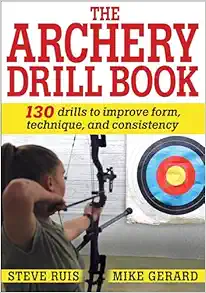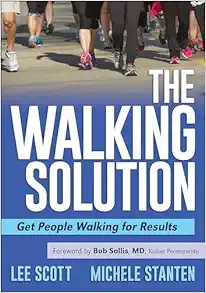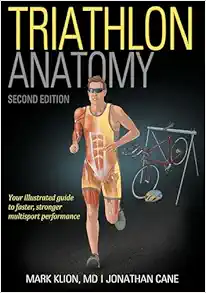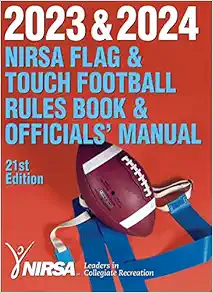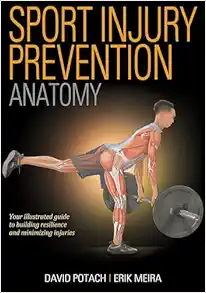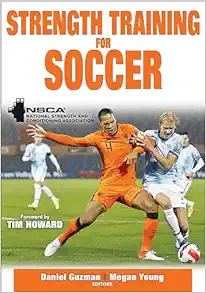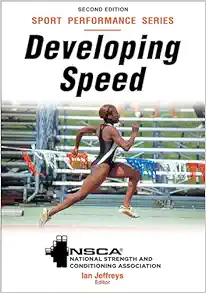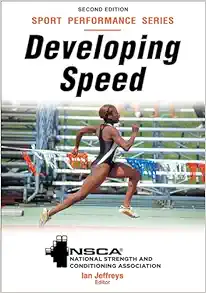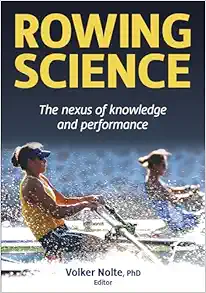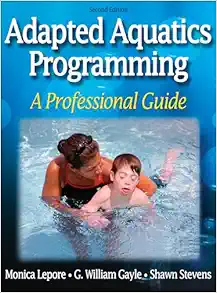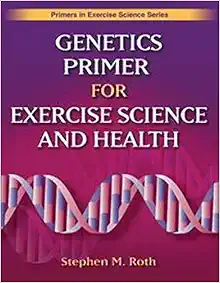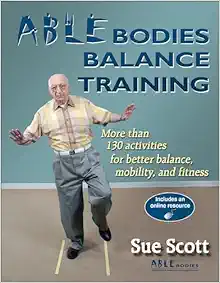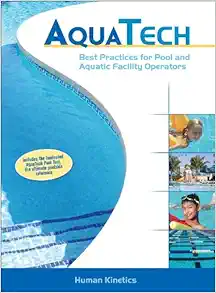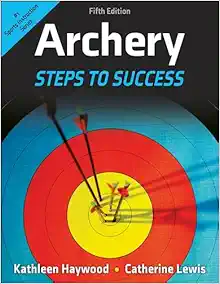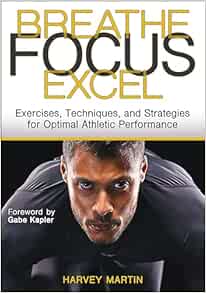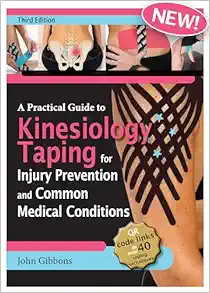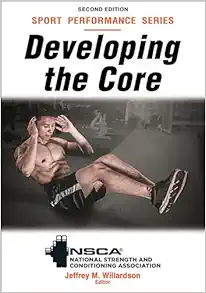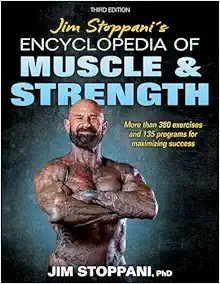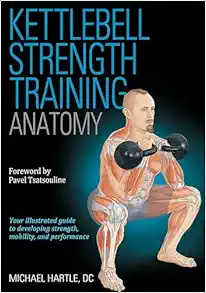META-NEUROLOGY Digital eBook – May 6, 2020
by Dr Frank Burak (Author)
Transcranial magnetic stimulation (TMS) is one of the most important developments in neurology in recent years. TMS, which was first used by Baker in 1985 in clinical practice, is now routinely used in the clinic. With the TMS, it was possible to evaluate the physiological integrity of the motor pathways by noninvasively stimulating the motor cortex on the scalp in an conscious person. Its most important advantage compared to conventional methods is that it is painless. TMS is mostly used today to measure central and then peripheral transmission times. TMS is an easy-to-apply, practical method used in the clinic for diagnostic purposes. With TMS, very important information was obtained in explaining cerebral functions in neurophysiology. Until recent years, it has not been possible to evaluate the physiological integrity of the motor pathways by the noninvasive stimulation of the motor cortex through the scalp in conscious people.Today, it can be done easily by developing magnetic stimulation devices. Penfield and Jasper performed the cortical stimulation for the first time in 1954 for the systematic evaluation of cortical functions in brain surgeries. In the same year, Gualtierotti and Paterson stimulated the motor cortex from the scalp at 20-150 Hz frequency with currents of 20-70 mA, creating movements in the opposite extremities. Today, this method is still used in epilepsy surgery, as modified.Routine 5-7 mA warning 0.3 ms up to 30-60 Hz frequency, 5-15 sec. It is applied transcranially and the contraction response from the periphery is achieved by recording the motor-evoked potential, but this method cannot be applied to conscious patients because it is painful.In 1980, Merton and Morton developed the high-voltage and low output impedance electrical exciter. With this device, stimulation of cortical motor neurons was provided on the scalp in conscious patients. With this method, when a 2000 volt warning was applied for less than 10 ps, a contraction occurred in the fingers and feet. In other words, the desired result could not be achieved.In 1985, Barker and his team. Developed a magnetic stimulating device that stimulates the motor cerebral cortex and generates sufficient current in conductive tissues, painlessly, in patients who are equally conscious on the scalp.Magnetic stimulation is generally used as a noninvasive diagnostic method to measure central and then peripheral conduction time. It is known that since 1790, namely Galvani and Volta, neuromuscular tissue can be stimulated with electricity. The main starting point of transcortical stimulation is likewise the electric stimulation of tissue.In 1831, Michael Faraday discovered for the first time that the current flowing through an electrical circuit causes a changing magnetic field. Following this discovery, electromagnetic induction and transformers were developed.The use of magnetic force in medicine was first made in 1896 by D’Arsonwal.Later, in 1910 Thompson,in 1965 and Bickford and Fremming developed the magnetic stimulation method .For the first time in 1982, Polson performed the transcortical application.Barker and his team carried out the first clinical practice in 1985.Instant depolarization of the nervous system is aimed with the electric influx created by magnetic stimulation. Magnetic Stimulation is a method that requires the stimulation of neural tissue of the electric current through the electrode without damaging the skin. Today, in magnetic adaptation mode, the device works by simply creating a magnetic field in a circular current spiral, which short-term electric current is discharged from high capacitance capacitance.The changing magnetic flux passes through the body structures without any changes. Magnetic stimulation passes unchanged. The device that makes the Magnetic Warning has high voltage capacities that can provide the discharge of strong current for a short time from the exciter coil.
Product Details
|



